In a thrilling fusion of cutting-edge technology and aviation heritage, the National Museum of the U.S. Air Force in Dayton, Ohio, is gearing up to host its Sixth Annual Micro Drone Race from February 28 to March 2, 2025. Located at Wright-Patterson Air Force Base, this event transforms the museum’s second building into a high-speed drone racing arena, where skilled pilots navigate their micro machines through iconic aircraft like the C-124 Globemaster II and F-82B Twin Mustang. With free admission and a packed weekend of activities, the event underscores the growing prominence of drone racing within both recreational and professional spheres.

Event Breakdown and Accessibility
Scheduled just days from now, the race kicks off daily at 9 a.m. with practice sessions, followed by qualifying rounds and competitive heats. Spectators can watch pilots maneuver drones—typically under 250 grams and palm-sized—through a challenging course, either in person or via a large video screen displaying the drones’ first-person views. For remote viewers, the Cincinnati Quad Racers YouTube channel will stream the action live, reflecting a savvy adaptation to digital audiences. The museum, spanning over 19 acres of indoor exhibits, expects thousands to attend, drawn by its status as the world’s largest military aviation museum.
Adding an educational twist, Sinclair Community College’s Unmanned Aerial Systems (UAS) program will offer free computer-based simulators, giving visitors a taste of drone piloting. A raffle for three micro drones, held at 1:00, 2:00, and 3:00 p.m. on Saturday and Sunday, further engages the crowd, courtesy of the Air Force Museum Foundation (no federal endorsement implied). However, guided tours of the Southeast Asia and Korea galleries will be unavailable during the event, a minor trade-off for the weekend’s unique focus.

Technical and Regulatory Framework
Drone racing, while exhilarating, operates under strict parameters at this venue. Only pre-registered, pre-approved drones are permitted to fly inside the museum, with registration closed well ahead of the event. The museum enforces a zero-tolerance policy for unauthorized small UAS (sUAS) flights—drones or remote-control aircraft—on its grounds, swiftly reporting violators to security forces. This aligns with broader Federal Aviation Administration (FAA) regulations governing indoor and outdoor drone operations, ensuring safety within a high-traffic public space near an active military base.
The micro drones in competition, often FPV (First Person View) models, rely on lightweight frames, powerful brushless motors, and 5.8 GHz video transmission systems. Speeds can exceed 50 mph in skilled hands, demanding precision to navigate obstacles like the Globemaster’s 174-foot wingspan or the Twin Mustang’s dual-fuselage design. Such technical feats highlight the event’s appeal to hobbyists and professionals alike, showcasing advancements in drone miniaturization and control systems.
Industry Context and Market Implications
Drone racing has evolved from a niche pastime into a recognized sport, with events like this one bridging recreational enthusiasm and professional development. The National Museum’s race, now in its sixth year, reflects a maturing industry where micro drones are increasingly accessible—entry-level kits start around $100—yet capable of sophisticated performance. The involvement of Sinclair Community College signals educational investment in UAS, a field projected to grow as drone applications expand in logistics, agriculture, and defense.
Market-wise, the event subtly promotes a ecosystem of manufacturers, from drone makers like BetaFPV and Tiny Whoop to accessory providers for batteries and goggles. While not a commercial expo, the visibility could nudge sales, especially with free drones up for grabs.
Broader Impact and Future Outlook
The Micro Drone Race transcends entertainment, offering a glimpse into aviation’s future. As drones integrate into military and civilian spheres—think reconnaissance or last-mile delivery—this event underscores their versatility and public appeal. Its setting amid historic aircraft juxtaposes past and present, hinting at how unmanned systems might shape tomorrow’s air forces, a topic of keen interest at Wright-Patterson, a hub for aerospace innovation.
Looking ahead, the race’s success could inspire more museums to host similar events, blending Education with spectacle. Regulatory bodies may also take note, refining indoor sUAS guidelines as public exposure grows. For Dayton, it’s a chance to reinforce its aviation legacy while spotlighting a technology that’s no longer just science fiction.
DroneXL’s Take
This event exemplifies how drone racing can captivate diverse audiences while subtly advancing industry goals. Its controlled environment sidesteps outdoor FAA hurdles, offering a model for scalable, safe competitions. Yet, the museum’s strict no-fly policy for outsiders raises a question: could relaxed rules for hobbyists, perhaps in designated zones, further democratize the sport? As UAS adoption accelerates, balancing accessibility with security will remain a key challenge—and opportunity—for the drone community.
Photos courtesy of National Museum of the U.S. Air Force.

Discover more from DroneXL.co
Subscribe to get the latest posts sent to your email.
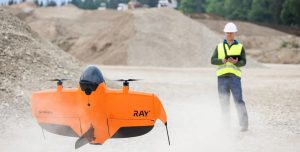
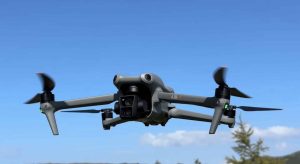
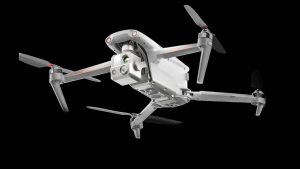
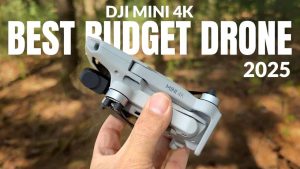
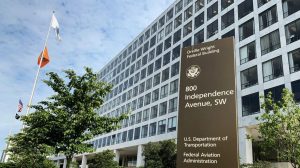
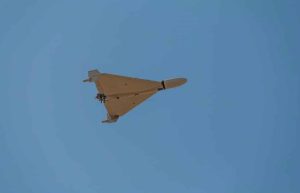
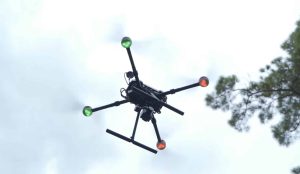
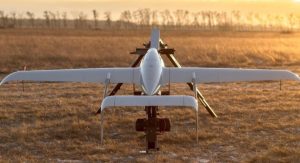
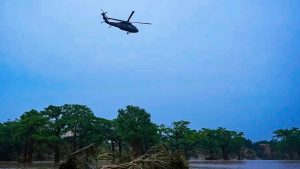
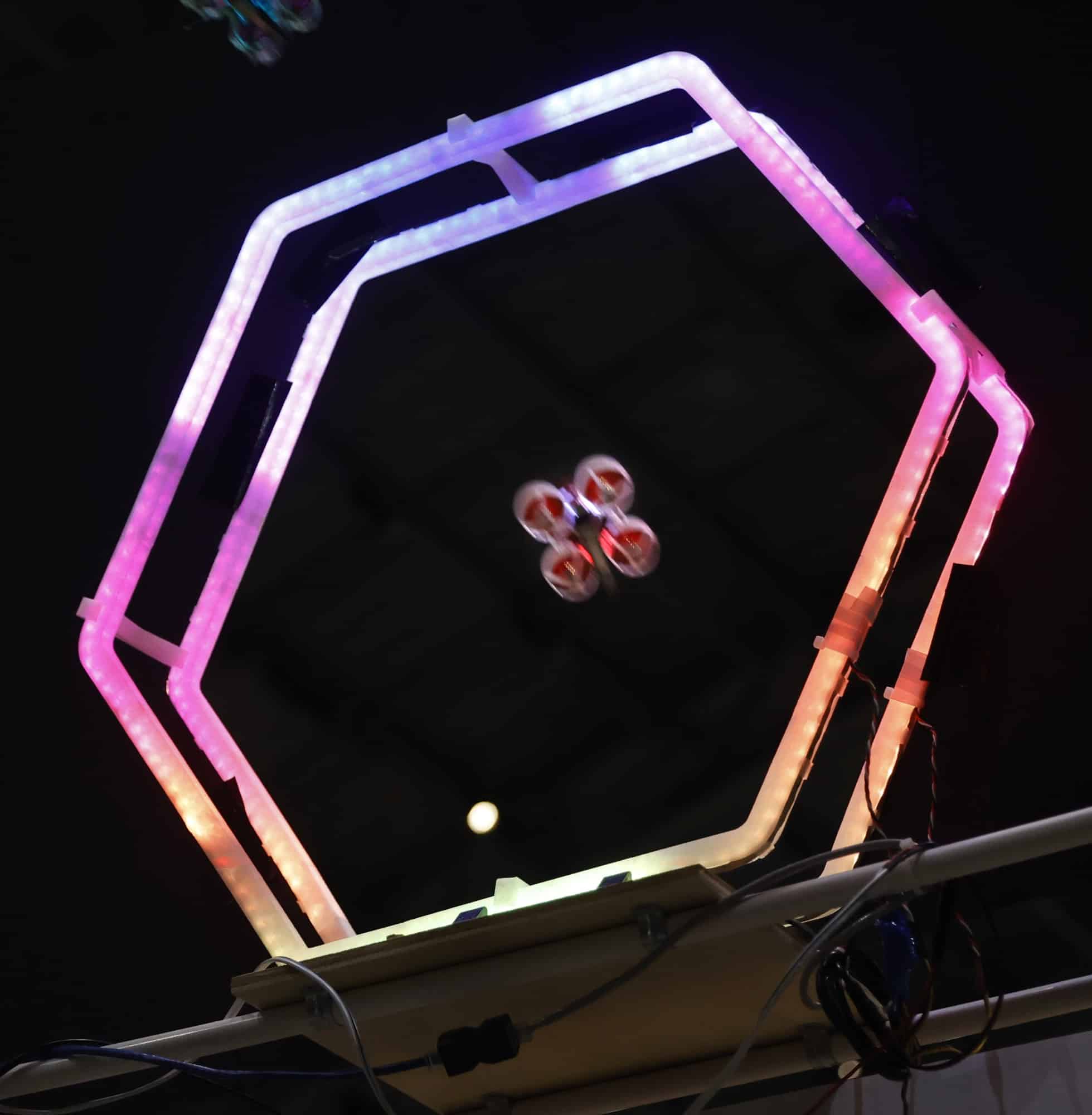
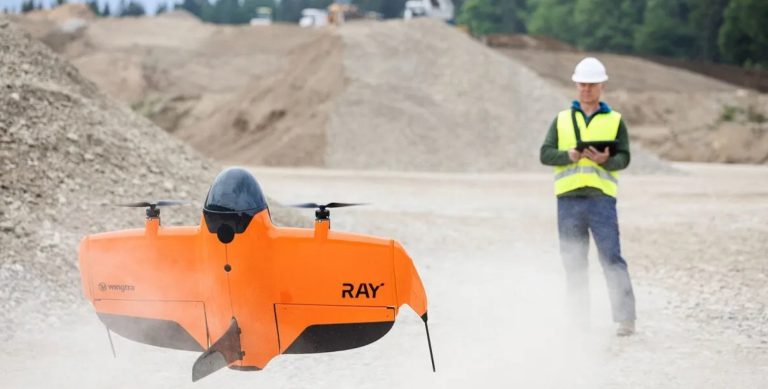
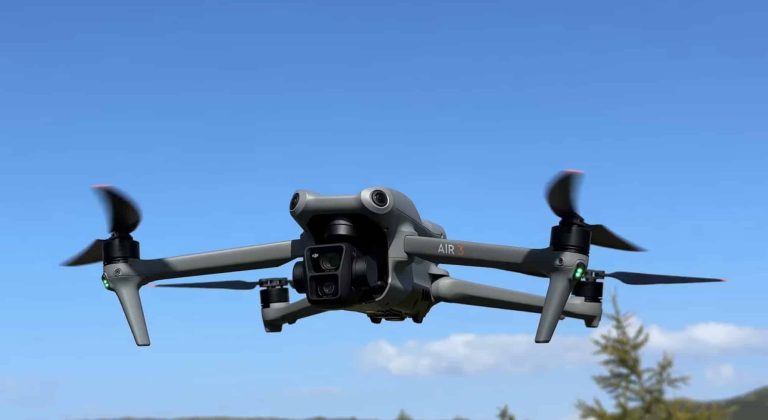
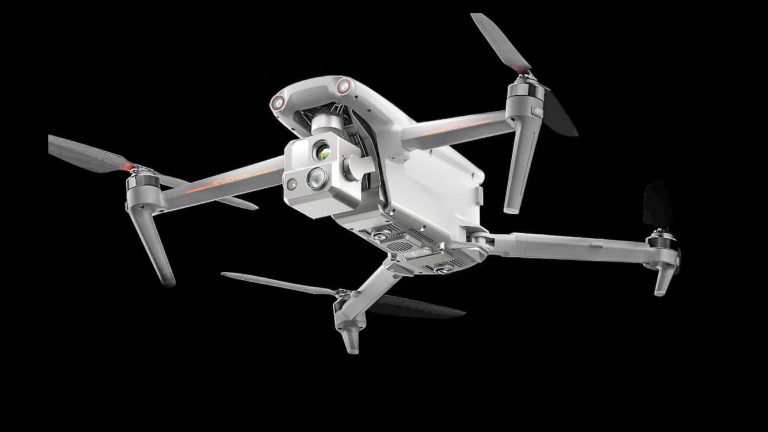
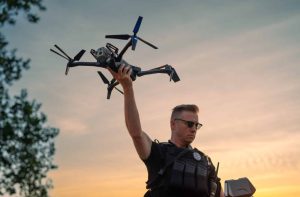
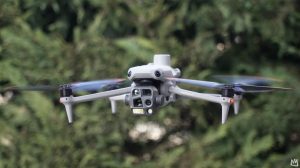
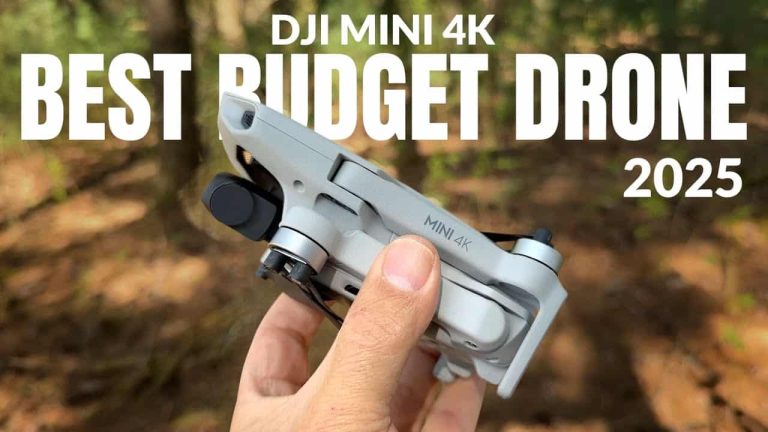
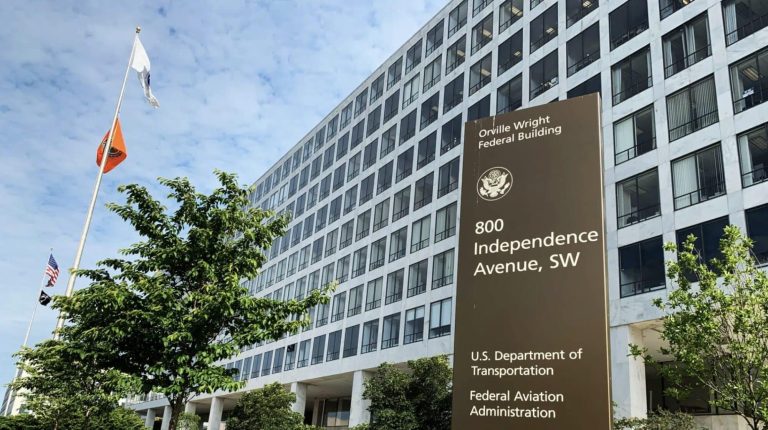
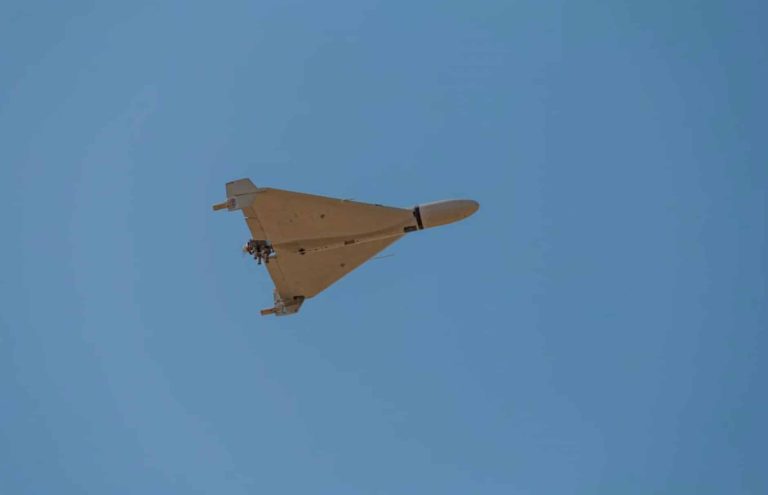
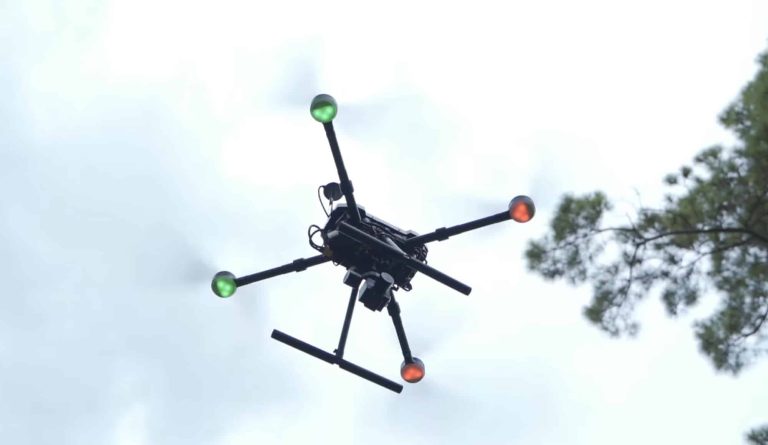
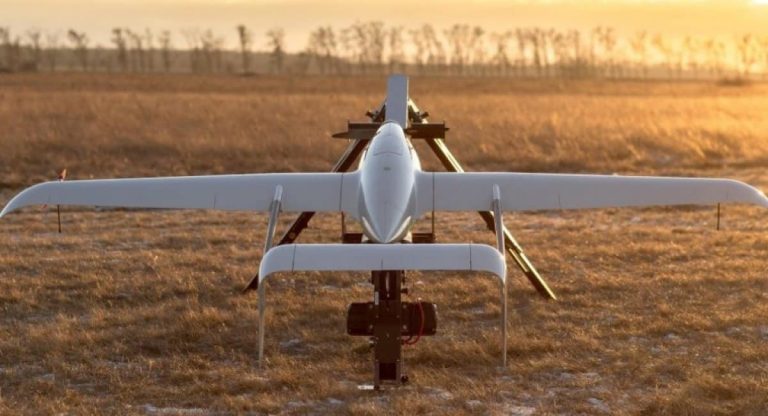
+ There are no comments
Add yours